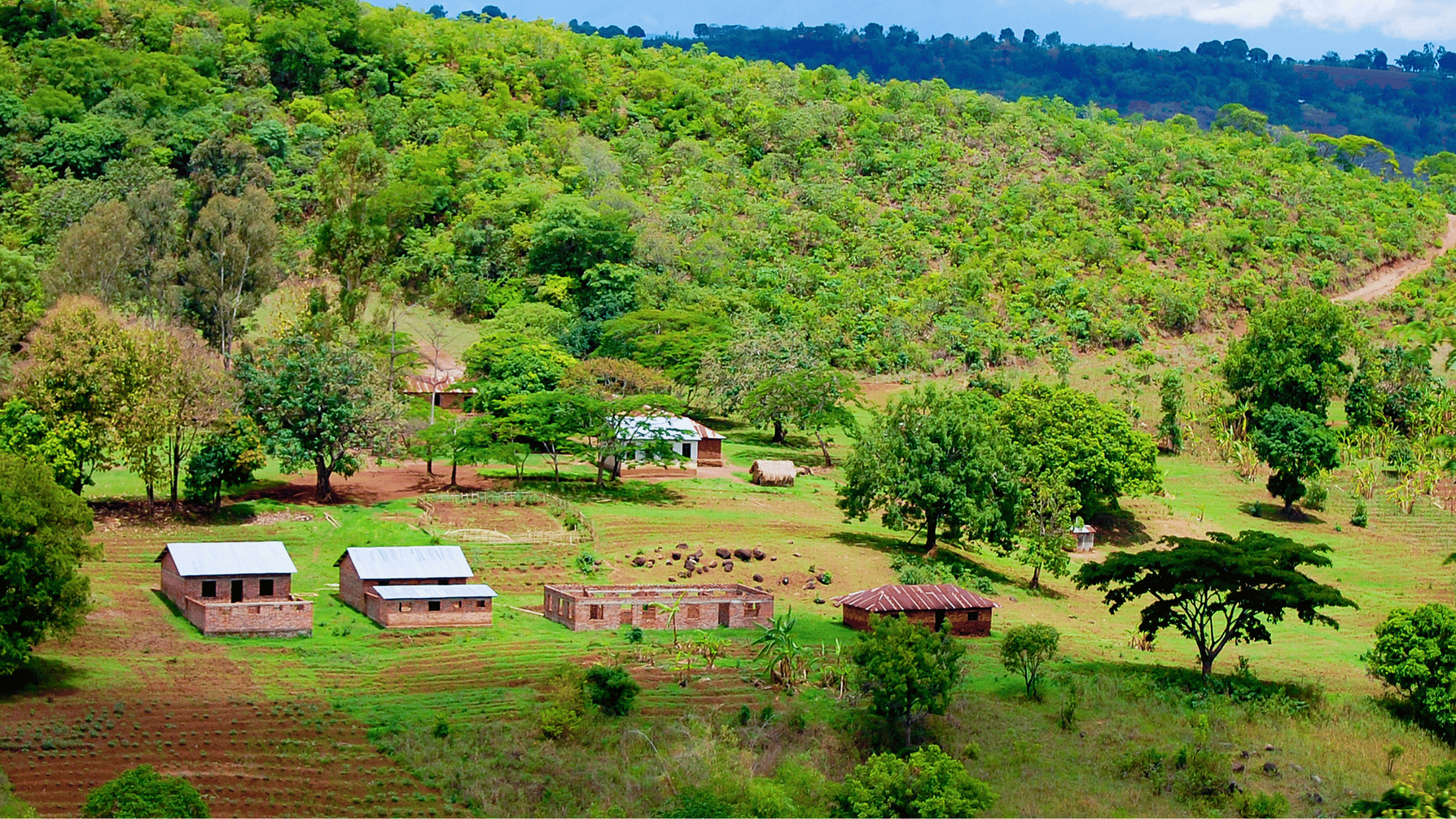Image source: Canva.com
Disadvantaged communities encompass groups that face economic, environmental, and social obstacles that limit their access to essential resources, economic opportunities, and healthy living environments. These communities often struggle with higher rates of poverty, limited access to healthcare, educational challenges, and a lack of economic mobility. The term “disadvantaged communities” often refers to areas or populations that experience disparities due to socioeconomic factors, environmental burdens, and limited access to services that other communities may take for granted. Farmworkers are a prime example of a disadvantaged group, as they face unique economic, social, and environmental challenges tied to their occupation and living conditions. In this article, we’ll explore what defines disadvantaged communities and why farmworkers are frequently included in this classification.
Defining Disadvantaged Communities
Disadvantaged communities are typically identified through a range of indicators that highlight economic, environmental, and social inequities. Factors used to identify these communities include:
Economic Challenges
High poverty rates, low median household incomes, and limited job opportunities characterize disadvantaged communities. The economic struggle often impacts access to necessities such as quality housing, nutritious food, and healthcare services.
Environmental Burdens
These communities often bear the brunt of pollution, hazardous waste exposure, and environmental health risks due to industrial facilities, highways, or agricultural operations nearby. Such exposures can increase the likelihood of respiratory diseases, cancer, and other health issues.
Limited Access to Services
Disadvantaged communities frequently lack essential resources such as quality education, reliable public transportation, affordable healthcare, and robust social services. Limited access to these services can hinder economic and social mobility.
Healthcare Disparities
Individuals in disadvantaged communities often have limited access to healthcare facilities and preventive care, leading to poorer overall health outcomes and higher rates of chronic diseases.
In the United States, disadvantaged communities are also defined and tracked by several governmental programs, such as California’s CalEnviroScreen tool and the federal Justice40 Initiative, both of which aim to direct resources to these areas.
Why Are Farmworkers Considered a Disadvantaged Community?
Farmworkers are integral to the agricultural sector but are often among the most economically and socially marginalized groups. Here are some key reasons why farmworkers are considered part of disadvantaged communities:
Economic Instability and Low Wages

Farmwork is largely seasonal, with employment heavily dependent on harvest schedules. This results in economic instability, as farmworkers often have limited or no income during off-seasons. Furthermore, farmworkers typically earn low wages, with many living at or below the poverty line. This economic instability limits their access to stable housing, healthcare, and nutritious food, contributing to a cycle of poverty that is difficult to escape.
Limited Access to Healthcare and Benefits
Many farmworkers lack employer-provided healthcare, which means they are often uninsured or underinsured. Because of their physically demanding work, they experience higher rates of health issues, including musculoskeletal injuries and respiratory problems from pesticide exposure. Without healthcare benefits, farmworkers often delay seeking medical care, which can lead to more severe health problems. Furthermore, migrant farmworkers face additional barriers, such as limited access to consistent medical services due to their transient lifestyle.
Exposure to Environmental Hazards

Farmworkers are routinely exposed to pesticides, extreme temperatures, and other environmental hazards due to the nature of their work. Pesticide exposure poses significant health risks, including respiratory illnesses, skin conditions, and even cancer. Additionally, many farmworkers live in rural areas with limited access to clean air and water. These conditions contribute to chronic health problems that are often left untreated due to the lack of available healthcare options.
Substandard Housing Conditions
Farmworkers often live in overcrowded, poorly maintained housing due to limited affordable housing options. Housing conditions can be unsanitary and lack essential utilities, such as heating and air conditioning, which are critical for maintaining health and safety. Seasonal farmworkers, in particular, may rely on temporary housing with few protections or amenities. These substandard housing conditions increase farmworkers’ risk of exposure to diseases and other health hazards, underscoring their disadvantaged status.
Language and Educational Barriers

Many farmworkers are immigrants or members of minority groups who may not speak English fluently, which limits their access to information, social services, and economic opportunities. Language barriers often prevent farmworkers from advocating for better working conditions or accessing available resources, such as legal assistance or healthcare services. Educational barriers also play a role; many farmworkers have limited formal education, further constraining their job prospects and economic mobility.
Limited Legal Protections and Advocacy
Farmworkers, especially undocumented workers, often lack legal protections that safeguard their rights and well-being. This makes them vulnerable to exploitation, such as wage theft, long working hours, and unsafe working conditions. Additionally, farmworkers may feel reluctant to report abuse or seek help due to fears related to their immigration status, making it difficult to secure fair treatment and necessary protections.
Programs Addressing Disparities in Disadvantaged Communities
To address the needs of disadvantaged communities, including farmworkers, various federal and state programs have been implemented to provide targeted assistance:
Justice40 Initiative
This federal program is designed to deliver 40% of the overall benefits of certain federal investments to disadvantaged communities. Through grants and funding, the initiative aims to improve infrastructure, reduce environmental pollution, and increase access to resources in underserved areas.
Low-Income Weatherization Program (LIWP)
In California, LIWP provides energy-saving upgrades to low-income households, including farmworker communities. The program aims to reduce energy costs and improve living conditions through insulation, solar panel installations, and other efficiency measures.
Farmworker Housing Assistance Programs
Several states have programs aimed at improving housing for farmworkers, offering grants, loans, or subsidies to develop affordable, safe housing. These programs aim to mitigate the substandard living conditions that many farmworkers endure.
Migrant Health Program
The federal Migrant Health Program provides funding to community health centers that offer medical care tailored to the needs of migrant and seasonal farmworkers. These centers provide preventive care, treatment, and other health services to a population that is often medically underserved.
Community-Based Organizations and Advocacy Groups
Numerous nonprofit organizations, such as the United Farm Workers Foundation, advocate for farmworker rights, offering legal aid, educational programs, and healthcare services to support this population’s unique needs.
The Path Forward: Reducing Disparities in Disadvantaged Communities
Addressing the needs of disadvantaged communities like those of farmworkers requires comprehensive strategies that consider their unique challenges and limitations. Tailored interventions, such as culturally sensitive outreach, improved access to healthcare, and better housing options, can improve quality of life and promote upward mobility. Increased government funding and community-based support are essential to closing the gaps in services and opportunities that define disadvantaged communities. Programs that invest in sustainable resources – clean energy, affordable housing, and healthcare – are especially beneficial, as they reduce long-term costs while improving living conditions.
In summary, disadvantaged communities are often shaped by a combination of economic hardship, environmental challenges, and limited access to services. Farmworkers exemplify a disadvantaged group facing these intersecting challenges, and addressing their needs through targeted support programs is critical to fostering equity and well-being across communities.





